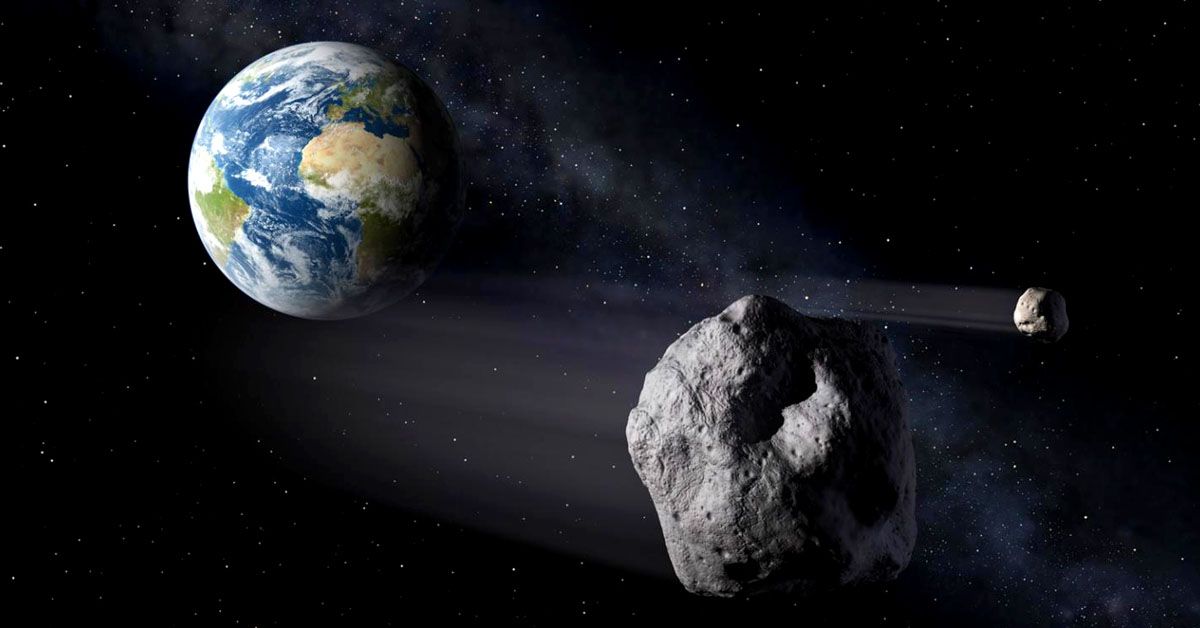Our cosmic neighborhood is teeming with celestial bodies, some of which come remarkably close to our own planet. Near-Earth Objects (NEOs) are a diverse group of celestial bodies that includes both asteroids and comets. These cosmic wanderers are defined by their proximity to Earth, as their orbits bring them within 1.3 astronomical units (AU) of the Sun. As they traverse the solar system, these enigmatic objects offer a rare glimpse into the primordial past, providing invaluable information about the formation of planets, moons, and other celestial bodies.
Importance of Studying NEOs
The study of NEOs is of paramount importance for a multitude of reasons. Firstly, these celestial bodies hold vital clues to the origins of our solar system. By analyzing their composition and structure, researchers can gain insights into the early stages of planetary formation and the processes that led to the creation of Earth and its neighboring planets.
Furthermore, NEOs are believed to contain the fundamental building blocks of life, including organic molecules and water. Studying these elements can help us understand how life emerged on our planet and potentially shed light on the possibility of life elsewhere in the universe.
In addition to their scientific significance, NEOs play a critical role in the future of space exploration and colonization. As resources on Earth become increasingly scarce, NEOs may serve as valuable sources of water, metals, and other essential materials for sustaining human life beyond our home planet. Mining these celestial bodies could prove to be a game-changing solution to address resource scarcity and propel humanity deeper into space.
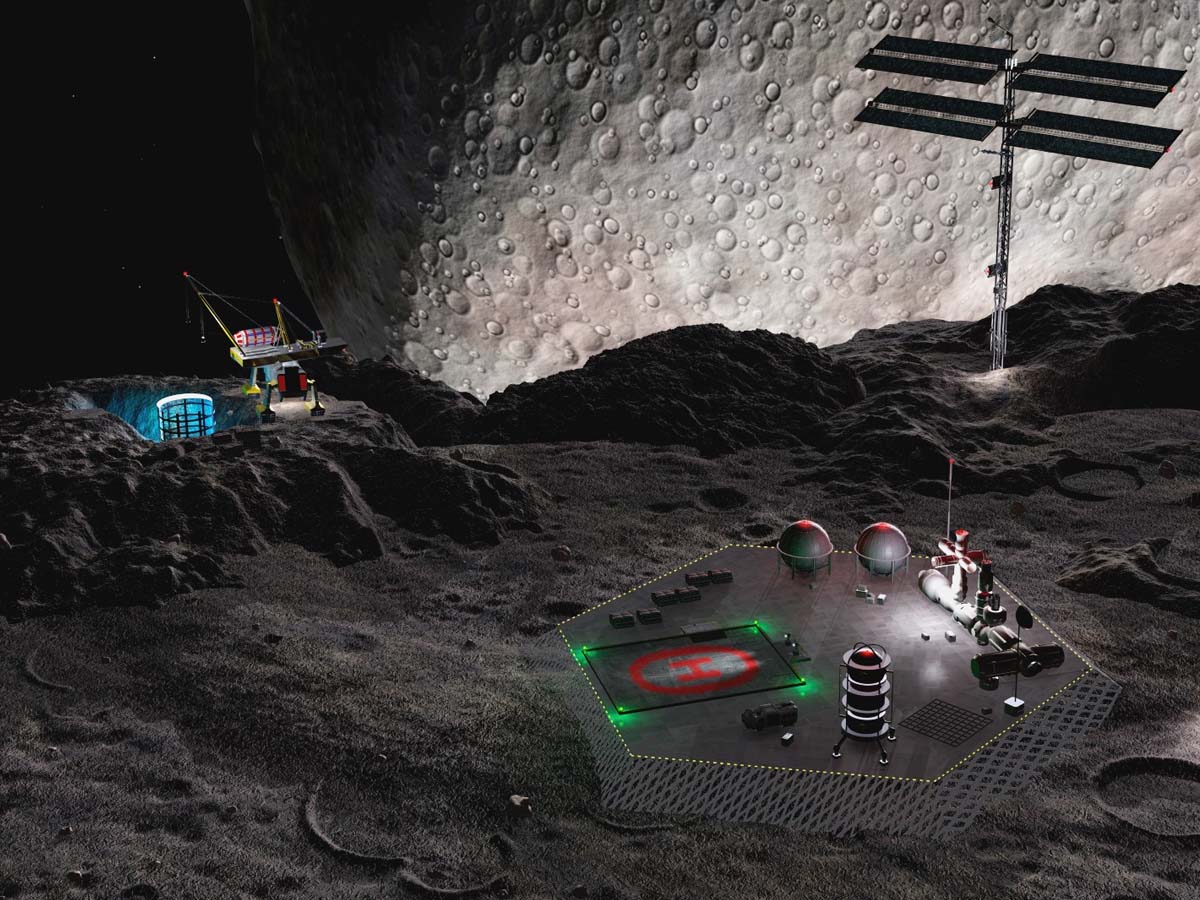
However, the proximity of NEOs to Earth also presents a real and potentially devastating threat. While the odds of a catastrophic impact event are low, history has shown that they are not impossible. The study of NEOs, therefore, plays a crucial role in assessing and mitigating this risk.
By closely monitoring and tracking these celestial objects, scientists and engineers can develop strategies to deflect or destroy any NEO that poses a threat to Earth, ensuring the long-term survival of our species and the preservation of our planet's delicate ecosystems.
Formation and Composition of NEOs
Difference Between Comets and Asteroids
NEOs consist of two main types of celestial objects: comets and asteroids. While they may appear similar at a glance, these objects have distinct differences in both their composition and origin. Asteroids are primarily composed of rock and metal, formed in the inner solar system where temperatures were too high for volatile substances to condense. As a result, they lack the ice and organic molecules that characterize comets.
Conversely, comets originate from the outer solar system, in regions such as the Kuiper Belt and Oort Cloud. Comets are composed of a mixture of ice, dust, and rock, with volatile substances such as water, ammonia, and carbon dioxide making up a significant portion of their mass.
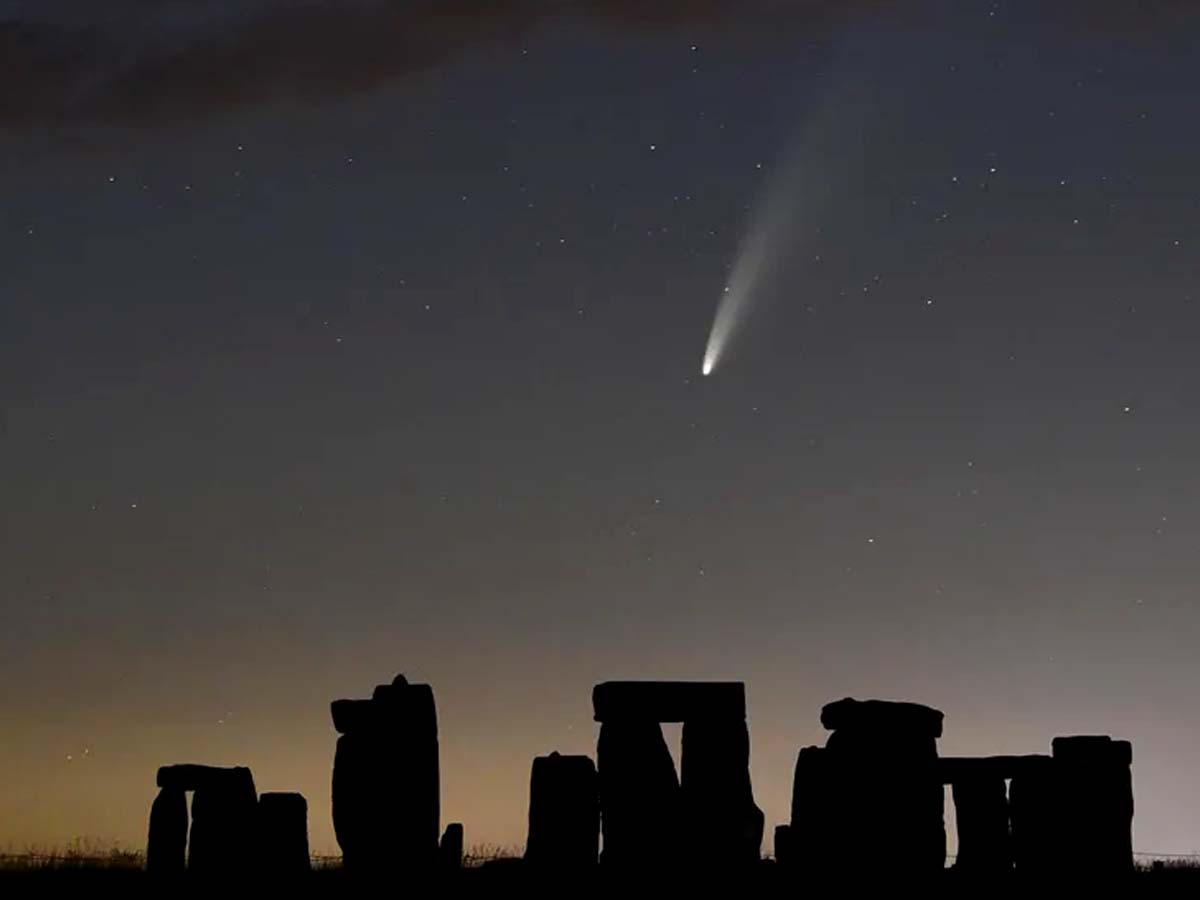
As comets approach the Sun, the heat causes their icy surfaces to vaporize, creating a glowing coma and a spectacular tail that distinguishes them from their asteroid counterparts.
The Role of NEOs in the Formation of the Solar System
NEOs hold a unique position in our understanding of the solar system's formation. As remnants from the early stages of planetary development, these objects offer a window into the past, revealing information about the processes that occurred over four billion years ago.
By studying the distribution, size, and composition of NEOs, researchers can piece together the history of our solar system, providing crucial information on the dynamics of early planetary formation. Additionally, NEOs can shed light on the migration patterns of giant planets like Jupiter and Saturn, whose gravitational influence played a key role in shaping the current configuration of our solar system.
Chemical Constituents of NEOs
The chemical makeup of NEOs can vary greatly depending on their origin and history. In general, asteroids are composed of silicate rock and metals such as iron and nickel, while comets are characterized by their volatile ices, organic molecules, and rocky material. Some NEOs, known as carbonaceous chondrites, are of particular interest due to their high concentrations of water, amino acids, and other organic compounds.
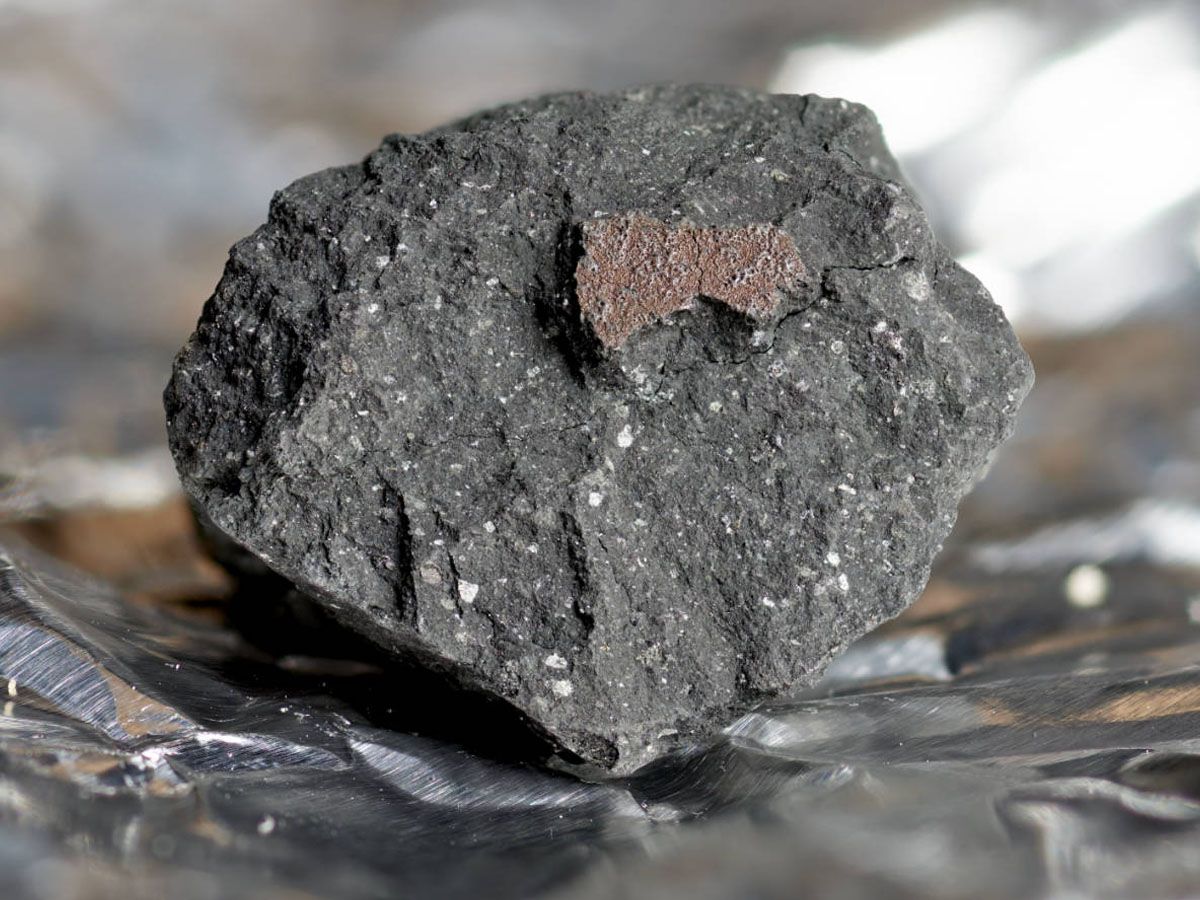
These ancient building blocks of life offer valuable insights into the prebiotic chemistry that may have led to the emergence of life on Earth. By analyzing the chemical constituents of NEOs, scientists can not only trace the origins of these celestial objects but also gain a deeper understanding of the processes that contributed to the development of life in our solar system.
Classification of NEOs
Near-Earth Comets (NECs)
Near-Earth Comets (NECs) are a subset of comets with orbits that bring them in close proximity to Earth. These icy celestial bodies originate from the outer solar system, primarily from the Kuiper Belt and Oort Cloud, and are characterized by their volatile composition.
As NECs approach the Sun, their ices vaporize, forming a glowing coma and a visible tail of dust and gas. NECs are of particular interest to scientists due to their potential for delivering water and organic compounds to Earth, which may have played a role in the development of life on our planet.
Near-Earth Asteroids (NEAs)
Near-Earth Asteroids (NEAs) are a diverse group of rocky celestial objects whose orbits bring them within close proximity to Earth. They are further classified into several subgroups based on their orbital characteristics:
Atira, Aten, Apollo, and Amor Groups

The Atira group of asteroids have orbits that lie entirely within Earth's orbit, with their furthest distance from the Sun (aphelion) always less than Earth's closest distance to the Sun (perihelion). Aten asteroids have orbits that cross Earth's orbit, with their aphelion greater than Earth's perihelion but with an orbital period of less than one Earth year.
Apollo asteroids also have Earth-crossing orbits, but their perihelion (closest distance to the Sun) is greater than Earth's aphelion (farthest distance from the Sun). Lastly, Amor asteroids have orbits that closely approach Earth's orbit but do not intersect it, with their perihelion located between Earth's perihelion and the orbit of Mars.
Potentially Hazardous Asteroids (PHAs)
Potentially Hazardous Asteroids (PHAs) are a specific subset of NEOs, primarily NEAs, that pose a potential risk to Earth due to their size and proximity. To be classified as a PHA, an asteroid must have a minimum orbit intersection distance (MOID) with Earth of 0.05 astronomical units or less and an absolute magnitude (H) of 22 or brighter, indicating a size of approximately 140 meters or larger.
PHAs are closely monitored by space agencies and astronomers, as understanding their orbits and physical properties is crucial for assessing and mitigating potential impact risks. The study of PHAs also aids in the development of strategies for future asteroid deflection or resource utilization missions.
NEOs and the Origin of Life on Earth
Role of Comets and Asteroids in Delivering Building Blocks of Life
Near-Earth Objects, such as comets and asteroids, have played a significant role in the origin of life on Earth by delivering essential building blocks. Both comets and asteroids are believed to have brought water, organic compounds, and other essential elements to our planet during its early history.
The volatile compounds in comets and the carbon-rich materials in certain types of asteroids, known as carbonaceous chondrites, are thought to have contributed to the formation of Earth's oceans and the primordial soup, which eventually led to the development of life.
Additionally, these celestial bodies may have facilitated the synthesis of complex organic molecules, including amino acids and nucleobases, that are the foundation of proteins and genetic materials like DNA and RNA.
Late Heavy Bombardment Period
The Late Heavy Bombardment (LHB) period, which occurred approximately 4.1 to 3.8 billion years ago, was a time when the inner solar system experienced a significantly higher rate of asteroid and comet impacts. This intense period of bombardment is thought to have played a crucial role in shaping the early Earth and providing the necessary ingredients for life to emerge.
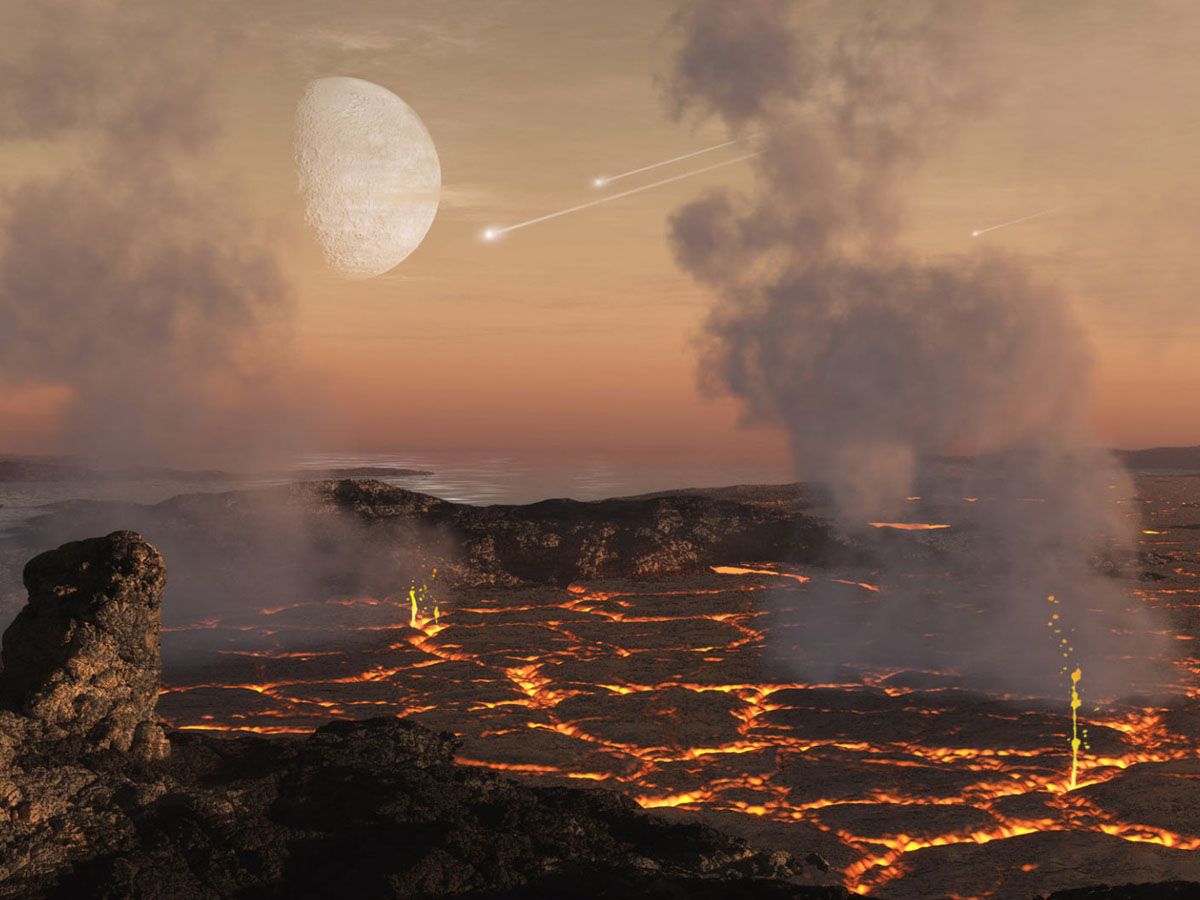
During the LHB, a vast number of water-rich comets and carbonaceous asteroids collided with Earth, potentially delivering water and organic molecules that contributed to the formation of oceans and the development of complex organic chemistry, setting the stage for the emergence of life.
Implications of Comet and Asteroid Impacts on Earth's History
Comet and asteroid impacts have had far-reaching implications on Earth's history, not only in the context of the origin of life but also in shaping the planet's geological and biological development. These impacts have influenced the formation of Earth's crust, led to the creation of minerals and ore deposits, and contributed to mass extinction events, such as the Cretaceous-Paleogene extinction event 66 million years ago, which is widely believed to have been caused by a massive asteroid impact.
On the other hand, impacts have also driven evolutionary adaptation and diversification, opening up new ecological niches for the survivors of these catastrophic events. By studying NEOs and their influence on Earth's history, scientists can gain valuable insights into the processes that have shaped our planet and the development of life.
Impact Events and Threat Assessment
Frequency of Impact Events
The frequency of impact events varies depending on the size and composition of the Near-Earth Objects. Small NEOs, measuring a few meters in diameter, enter Earth's atmosphere relatively frequently, but they usually burn up before reaching the surface, resulting in bright meteor events known as fireballs.

Larger impacts, capable of causing significant regional or global damage, are far less frequent. For instance, impacts by objects measuring 1 kilometer or larger in diameter, which could lead to mass extinctions, are estimated to occur once every few million years. It is crucial for scientists and governments to monitor and track these larger NEOs to assess potential threats and develop appropriate mitigation strategies.
Impact Examples from Earth's History
Throughout Earth's history, numerous impact events have left their mark on our planet's surface and influenced its evolution. One of the most famous examples is the Chicxulub impact event, which occurred 66 million years ago and is widely believed to have contributed to the Cretaceous-Paleogene extinction event, wiping out around 75% of all species, including the dinosaurs.
Another notable impact event is the Tunguska event in 1908, when a relatively small asteroid or comet fragment exploded over a remote area in Siberia, Russia, flattening over 2,000 square kilometers of forest. More recently, in 2013, the Chelyabinsk meteor entered Earth's atmosphere and exploded over Russia, causing a shockwave that injured over 1,000 people and damaged numerous buildings.
Torino Scale and Palermo Technical Impact Hazard Scale
To assess and communicate the potential impact hazards posed by NEOs, two primary scales have been developed: the Torino Scale and the Palermo Technical Impact Hazard Scale. The Torino Scale, introduced in 1999, is a simple, color-coded scale ranging from 0 to 10, with 0 indicating no impact risk and 10 representing a certain and catastrophic collision. The scale takes into account the likelihood of an impact, the size of the NEO, and the potential consequences of the impact.

On the other hand, the Palermo Technical Impact Hazard Scale, introduced in 2001, is a more complex, logarithmic scale that compares the potential impact risk of a specific NEO with the average background risk of impact events over a given time frame. This scale can produce both positive and negative values, with values greater than 0 indicating a higher risk than the background average.
Both scales are used by astronomers and space agencies to evaluate and communicate impact risks, allowing for informed decision-making regarding potential mitigation measures.
Monitoring and Tracking NEOs
Efforts by the SSA, MPC, and NEOCC
Several organizations and initiatives are dedicated to monitoring and tracking Near-Earth Objects (NEOs). The Space Situational Awareness (SSA) program, led by the European Space Agency, aims to increase our understanding of NEOs by monitoring their orbits and potential impact risks.
The Minor Planet Center (MPC), a part of the International Astronomical Union, serves as a central hub for the collection and dissemination of data on NEOs, enabling researchers and observatories worldwide to access and contribute to a comprehensive database.
The Near-Earth Object Coordination Center (NEOCC) is another critical organization involved in monitoring and analyzing NEOs, focusing on coordinating European efforts to track and assess potential threats.
The NEO Surveyor Space Telescope
The NEO Surveyor, formerly known as the Near-Earth Object Camera (NEOCam), is a space-based infrared telescope designed specifically to detect and track NEOs. Its infrared capabilities provide a significant advantage in detecting objects with low visible light reflectivity, such as dark asteroids, which might be challenging to observe using traditional telescopes.

By operating in space, the NEO Surveyor avoids the limitations imposed by Earth's atmosphere, enabling it to continuously survey the sky for potential hazards with unprecedented sensitivity and coverage. With its scheduled launch set for September 2027, the NEO Surveyor will play a crucial role in enhancing our understanding and monitoring of these fascinating celestial objects.
The Role of Radar and Telescope Observations
Ground-based radar and optical telescope observations play a critical role in tracking and characterizing NEOs. Radar systems, such as the Goldstone Solar System Radar and the Arecibo Observatory, can provide detailed information on the size, shape, and rotation of NEOs, as well as their orbits and potential impact risks.
Optical telescopes, on the other hand, can monitor NEOs' brightness, colors, and spectra, providing valuable insights into their composition and structure. These combined observations help scientists and space agencies to better understand and predict the behavior of NEOs, enhancing our ability to prepare for and mitigate potential threats.
Mitigation and Deflection Strategies
Nuclear Fusion Weapons
One proposed method for deflecting or mitigating the threat of a potentially hazardous NEO is the use of nuclear fusion weapons. By detonating a nuclear device near an approaching NEO, the resulting energy release could alter the object's trajectory, pushing it off course and avoiding a collision with Earth. While this approach has the potential to be highly effective, it raises significant concerns about the potential consequences of deploying nuclear weapons in space, as well as the risk of fragmenting the NEO, potentially creating multiple smaller impactors.
Solar Sails
Solar sails are another proposed method for deflecting NEOs. By attaching a large, reflective sail to a NEO, the continuous pressure exerted by sunlight on the sail could gradually change the object's trajectory over time.
This technique, also known as "solar radiation pressure deflection," has the advantage of being non-destructive and controllable, allowing for precise adjustments to the NEO's path. However, the effectiveness of solar sails depends on the size and composition of the NEO, and the technology is still in its developmental stages.
The Double Asteroid Redirection Test (DART)
The Double Asteroid Redirection Test (DART), led by NASA, marked a significant milestone in the field of planetary defense. Launched in 2021, DART aimed to demonstrate the feasibility of the kinetic impactor technique, which involves colliding a spacecraft with an asteroid to change its trajectory. The mission targeted the binary asteroid system Didymos, specifically its smaller moonlet, Dimorphos.
In 2022, DART successfully collided with Dimorphos at a speed of over 15,000 miles per hour, altering its orbit around the larger asteroid. The impact generated valuable data on the effectiveness of the kinetic impactor method and provided crucial insights into the composition and structure of asteroids.
This successful mission has paved the way for the development of more advanced deflection strategies and has showcased the potential of international collaboration in addressing the challenges posed by NEOs.
Importance of Ongoing Research and Preparedness
Given the potentially devastating consequences of a NEO impact event, ongoing research, and preparedness are crucial for ensuring our ability to identify and mitigate potential threats. This includes the continued development and improvement of monitoring and tracking technologies, as well as the exploration of new and innovative deflection strategies. International collaboration and coordination are also essential, as the threat posed by NEOs is a global concern that requires a united and proactive approach. By staying vigilant and investing in research and preparedness, we can better protect our planet from the risks posed by NEOs.
NEOs as Resources for Space Exploration and Colonization
Utilizing Raw Materials from Asteroids
As humanity ventures deeper into space, Near-Earth Objects (NEOs) present a unique opportunity for resource exploitation. Asteroids, in particular, contain vast amounts of valuable raw materials such as metals, including iron, nickel, and platinum, which could be mined and utilized for constructing spacecraft and infrastructure in space. This approach could significantly reduce the costs associated with launching materials from Earth and support the creation of a self-sustaining space economy.
Comets as Sources of Water and Carbon-Based Molecules
Comets, with their high concentrations of water ice and carbon-based molecules, offer potential resources for supporting life and fueling space missions. The water extracted from comets could be used for drinking, growing crops, or providing oxygen through electrolysis. Additionally, carbon-based molecules could be processed into useful chemicals and materials for manufacturing and energy production.
The Future of Space Colonization and the Role of NEOs
As humanity expands its presence in space, NEOs will likely play a crucial role in providing resources and facilitating sustainable colonization. By harnessing the materials available on NEOs, we can build habitats, fuel spacecraft, and develop industries within the space environment, fostering a self-sustaining ecosystem that reduces our reliance on Earth-based resources.
Interesting Facts and Statistics about NEOs
Largest Known NEAs
The largest known Near-Earth Asteroids (NEAs) are Ganymed, with a diameter of approximately 37 kilometers, and Eros, which measures about 34 kilometers in length. These massive objects provide valuable insights into the formation and evolution of the solar system.
Number of Discovered NEOs
As of April 2023, astronomers have discovered over 31,841 NEOs, with the majority being asteroids. This number continues to grow as technological advancements and more comprehensive sky surveys increase our ability to detect and catalog these objects.
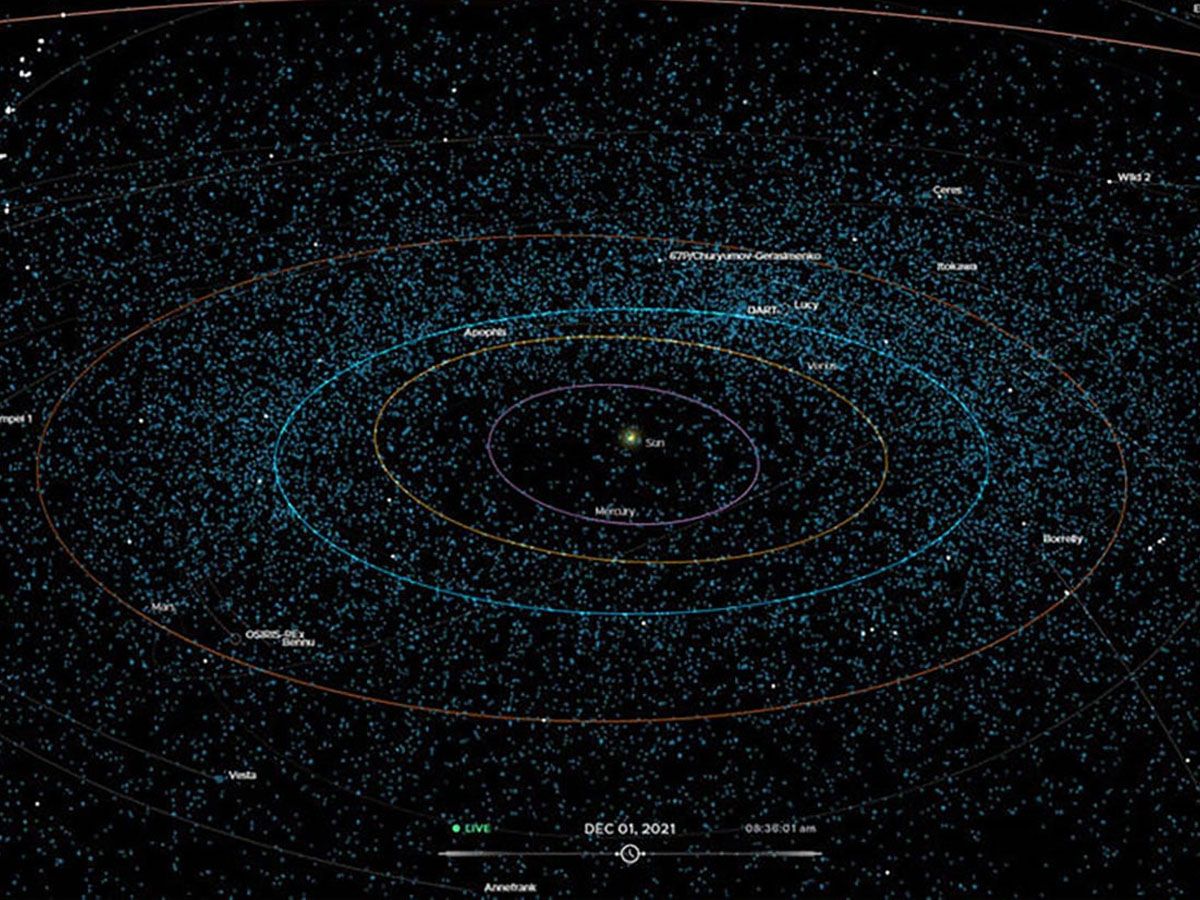
Space Missions to Study NEAs
Several space missions have been launched to study NEAs, including NASA's NEAR Shoemaker mission, which successfully landed on the asteroid Eros in 2001, and the Japanese Hayabusa and Hayabusa2 missions, which successfully collected and returned samples from the asteroids Itokawa and Ryugu, respectively. These missions have greatly expanded our understanding of the composition and properties of NEAs, informing our efforts to utilize their resources and mitigate potential threats.
Near-Earth Objects are not only fascinating remnants of our solar system's formation but also offer a treasure trove of resources and opportunities for humanity's future in space. As we strive to expand our presence beyond Earth, NEOs will play an increasingly significant role in shaping our endeavors in the cosmos. From providing the building blocks of life to serving as essential resources for space exploration and colonization, these celestial bodies hold the key to unlocking a sustainable future in space.
The study of NEOs also emphasizes the importance of global collaboration in addressing potential threats and harnessing the benefits they offer. Ultimately, our pursuit to understand and interact with these cosmic neighbors reflects humanity's innate curiosity and desire to explore the unknown, pushing the boundaries of our knowledge and inspiring future generations to reach for the stars.
Sources: nasa.gov / airandspace.si.edu / esa.int / iau.org / nineplanets.org
